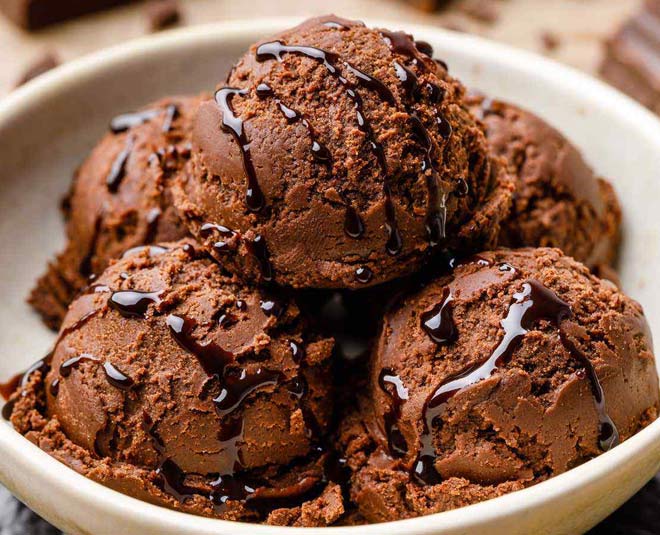Himalayan pink salt is salt mined in the foothills of the Himalayas in the southern part of Pakistan. The pinkish-purple color of Himalayan sea salt comes from mineral impurities called tannin.
Salt derived from the Himalayas is a high-quality salt that is high in sodium content. Himalayan sea salt has been used by the native people of the mountains for cooking for centuries. Although pink Himalayan salt may appear similar in color with natural sea salt, its color is caused by minerals extracted from it.
Himalayan pink salt is used in a variety of cooking recipes. It is mostly used as edible table salt but is also commonly used as a decorative material for cookware, kitchen utensils, sponges, cookbooks, and other accessories. Because pink Himalayan sea salt has a high sodium content, it is often used to enhance the taste of foods and beverages, especially those that are flavored with fruits. Its taste is reminiscent of plum or apricot.
Pink salt can also be used for cosmetic purposes. Since it has a high concentration of sodium, it is used for making cosmetics such as foundations, lipstick, and nail polish. Some manufacturers even use pink Himalayan salt as an ingredient in soap, shampoo, body scrubs, body butter, shampoos, conditioners, hair gels, and even makeup.
Many people do not know that pink salt can be used to treat wounds and infections. The high sodium content of the mineral makes it an effective agent in fighting bacteria. Pink Himalayan salt has been used by traditional healers in treating wounds and cuts since ancient times. Ancient Indian medicines such as Ayurveda and Sanskrit recommend using it on cuts to increase the blood supply and oxygen circulation in the wound and to relieve pain.
Because pink Himalayan salt contains a large amount of potassium and magnesium, it is useful in preventing tooth decay and gum diseases. This salt can also help prevent tooth discoloration by neutralizing the acidic properties of acidic foods and drinks and reducing the formation of plaque. Pink Himalayan salt can even be used to whiten teeth, which is a common cosmetic problem among women and men.
Since pink Himalayan sea salt is so beneficial to your health, you may wonder why anyone would use table salt. As mentioned before, the main reason why it is used in cooking is because it has a high sodium content; however, there are other uses for it aside from cooking like cosmetic and food additives, table salt, beauty products, as salt for bath, spa, laundry, and skin care, and other spa uses.
If you are looking for a new way to decorate your home and make it more beautiful, use pink Himalayan salt as an alternative to table salt. It has a variety of different colors and unique properties that give it the added benefit of being a natural deodorizer. Add a pinch to your salt dish every time you prepare meals, or sprinkle it in your favorite recipes.
There are many benefits to using pink Himalayan salt for table salt. It is highly absorbent, thus it can remove excess moisture from your dishes and keep your table cleaner, allowing you to cook without worrying about dirt and spillages. When it comes to table salt, pink Himalayan has a very unique chemical composition that provides a deodorizing effect, especially if you add it in place of regular table salt.
Since pink Himalayan contains high amounts of potassium, it can provide good cleansing and hydrating properties. It can even stimulate your digestive system. If you have a tendency to gain weight, adding a pinch of pink Himalayan salt to your food will help eliminate that cravings.
Aside from cleaning dishes and countertops, pink Himalayan salt can also provide you with many other skin benefits. It is highly absorbent, providing a healthy glow and protection from sunburn and dry skin. Because it contains no chlorine, it is a perfect solution for those who need extra protection from the sun. And because of its high mineral and sodium content, it moisturizes your skin by penetrating deep into the pores and tissues to nourish the skin's cells.
Pink Himalayan salt is one of the safest, most versatile minerals you can choose to use as a substitute for table salt. It can be used anywhere it is needed and offers a wide range of benefits when used in cooking and other cosmetic applications.








